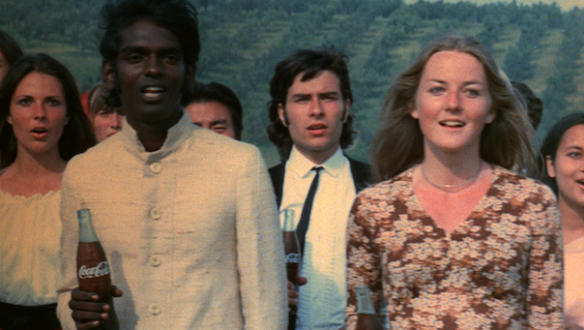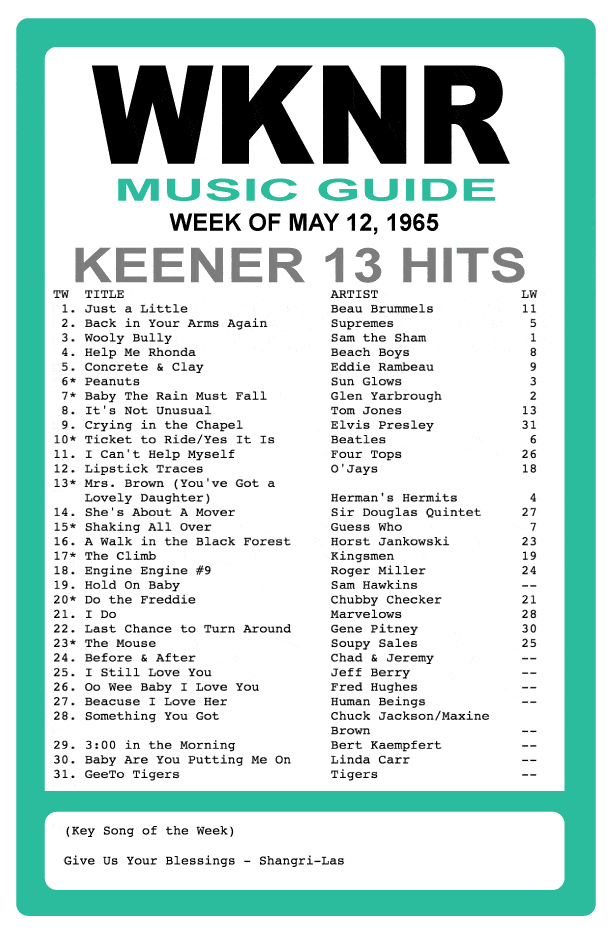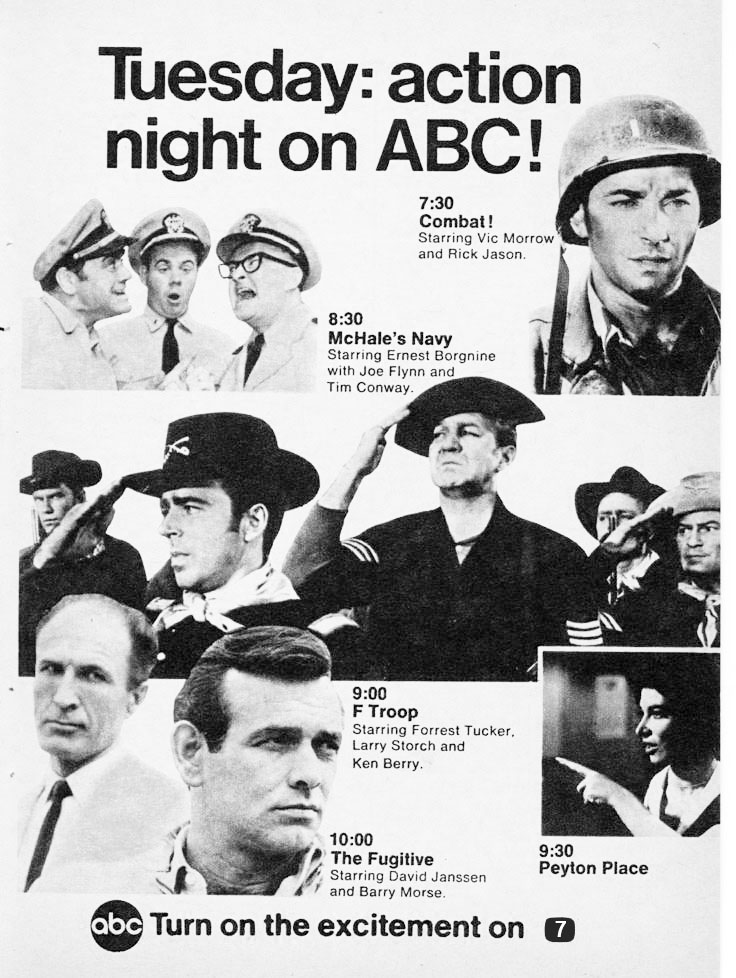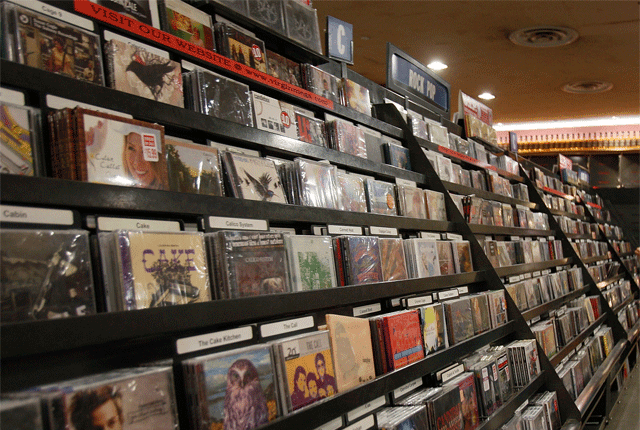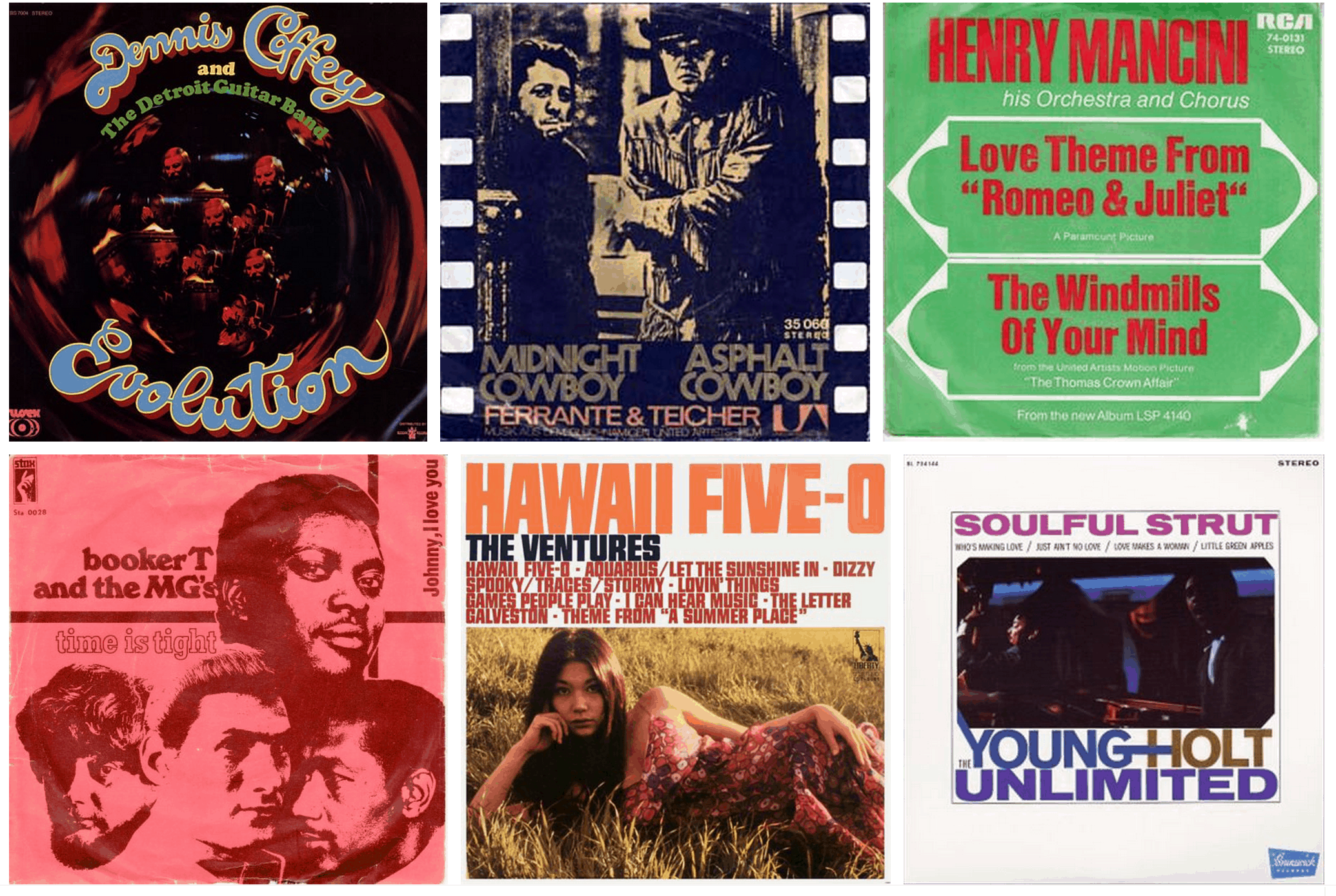Month: May 2015
Keener Rain
With all the rain we’ve been having this weekend, we thought it might be fun to review some rain songs from the WKNR Music Guide. At least one charted every year between April of 1965 and March of 1972. 16 in all.
Baby the Rain Must Fall: Glenn Yarbrough – April, 1965
https://www.youtube.com/watch?v=DdKzdO0ItsE
Rhapsody in the Rain: Lou Christie – April, 1966
Rain on the Roof: Loving Spoonful – November, 1966
Rain: Beatles – November, 1966
Tell It To The Rain: Four Seasons – December, 1966
https://www.youtube.com/watch?v=O7dVzU2bYQc
Don’t Go Out Into The Rain: Herman’s Hermits – June, 1967
The Rain in the Park and Other Things: Cowsills – October, 1967
Summer Rain: Johnny Rivers – December, 1967
I Wish It Would Rain: Temptations – May, 1968
You Don’t Have to Walk in the Rain: Turtles – June, 1969
Walkin in the Rain: Jay and the Americans – January, 1970
Who’ll Stop the Rain: Creedence Clearwater Revival – February, 1970
https://www.youtube.com/watch?v=7ALnh3w32VE
Fire and Rain: James Taylor – October, 1970
Have You Ever Seen the Rain: Creedence Clearwater Revival – March, 1971
Rain Dance: Guess Who – August, 1971
In The Rain: Dramatics – March, 1972
Songs with Colors in the Title
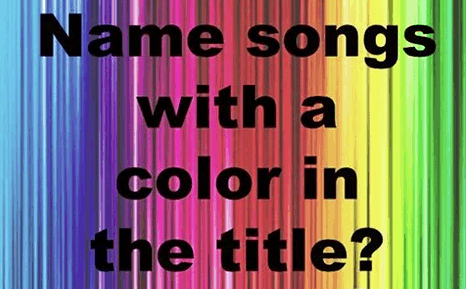 How many tunes can you remember that were inspired by colors?
How many tunes can you remember that were inspired by colors?
Here are a few you may have heard in and around the Keener era:
- Baby Blue – 1972 – Badfinger
- Baby’s In Black – 1964 – The Beatles
- Ballad Of The Green Berets, The – 1966 – Sgt. Barry Sadler
- Big Yellow Taxi – 1970 – Joni Mitchell
- Black Dog – 1972 – Led Zeppelin
- Black Magic Woman – 1971 – Santana
- Black Night – 1970 – Deep Purple
- Blackbird – 1968 – The Beatles
- Blue Bayou – 1963 – Roy Orbison
- Blue Moon – 1956 – Elvis Presley
- Blue On Blue – 1963 – Bobby Vinton
- Blue Velvet – 1963 – Bobby Vinton
- Blueberry Hill – 1957 – Fats Domino
- Brown Eyed Girl – 1967 – Van Morrison
- Brown Sugar – 1971 – The Rolling Stones
- Color Him Father – 1969 – The Winstons
- Colour My World – 1970 – Chicago
- Colours – 1965 – Donovan
- Crimson And Clover – 1969 – Tommy James & the Shondells
- Crystal Blue Persuasion – 1969 – Tommy James & the Shondells
- Deep Purple – 1963 – Nino Tempo and April Stevens
- Don’t Make My Baby Blue – 1965 – Shadows
- Goldfinger – 1965 – Shirley Bassey
- Grass Is Greener, The – 1963 – Brenda Lee
- Green Eyed Lady – 1970 – Sugarloaf
- Green Grass – 1966 – Gary Lewis & the Playboys
- Green Green Grass Of Home – 1966 – Tom Jones
- Green Onions – 1962 – Booker T. & MG’s
- Green River – 1969 – Creedence Clearwater Revival
- Green Tambourine – 1968 – The Lemon Pipers
- Leave Me Alone (Ruby Red Dress) – 1973 – Helen Reddy
- Lil’ Red Riding Hood – 1966 – Sam the Sham & the Pharaohs
- Love Is Blue – 1968 – Paul Mauriat
- Maxwell’s Silver Hammer – 1969 – Beatles
- Mellow Yellow – 1966 – Donovan
- Mrs. Brown You’ve Got A Lovely Daughter – 1965 – Herman’s Hermits
- My Blue Heaven – 1956 – Fats Domino
- Navy Blue – 1964 – Diane Renay
- Nights In White Satin – 1972 – The Moody Blues
- 1, 2, 3, Red Light – 1968 – 1910 Fruitgum Co.
- Paint It Black – 1966 – The Rolling Stones
- Pink Panther Theme – 1963 – Henry Mancini
- Purple Haze – 1967 – Jimi Hendrix Experience
- Red Red Wine – 1968 – Neil Diamond
- Red Roses For A Blue Lady – 1965 – Bert Kaempfert
- Red Roses For A Blue Lady – 1965 – Vic Dana
- Red Rubber Ball – 1966 – The Cyrkle
- Roses Are Red (My Love) – 1962 – Bobby Vinton
- Say It Loud- I’m Black And I’m Proud (Part 1) – 1968 – James Brown
- Silence Is Golden – 1964 – The Four Seasons
- Silence Is Golden – 1967 – The Tremeloes
- Silver And Gold – 1991 – Dolly Parton
- Silver Bird – 1970 – Mark Lindsay
- Song Sung Blue – 1972 – Neil Diamond
- Suite: Judy Blue Eyes – 1969 – Crosby, Stills and Nash
- White Rabbit – 1967 – Jefferson Airplane
- White Room – 1968 – Cream
- Whiter Shade Of Pale – 1967 – Procol Harum
- Yellow River – 1970 – Christie
- Yellow Submarine – 1966 – The Beatles
Detroit Concerts
 Keenerfans well remember the energy generated at Russ Gibbs Grande Ballroom. It was an amazing place to see bands on their way up the rock n roll zigurat, coupled with hard working local acts, who sometimes upstaged their headliner counterparts.
Keenerfans well remember the energy generated at Russ Gibbs Grande Ballroom. It was an amazing place to see bands on their way up the rock n roll zigurat, coupled with hard working local acts, who sometimes upstaged their headliner counterparts.
But when an act hit the big time, they played Cobo Hall and Olympia Stadium. And radio stations like WKNR sponsored the show. From the Beatles and Beach Boys to Jimi Hendrix and the Monkees, Keener’s voice was a powerful audience attractor.
Promoters as nationally known as Dick Clark chose the station as a partner and a few lucky Keenerfans often got to to backstage to meet the acts after the show.
How many memorable concerts do you remember seeing at Cobo and Olympia?
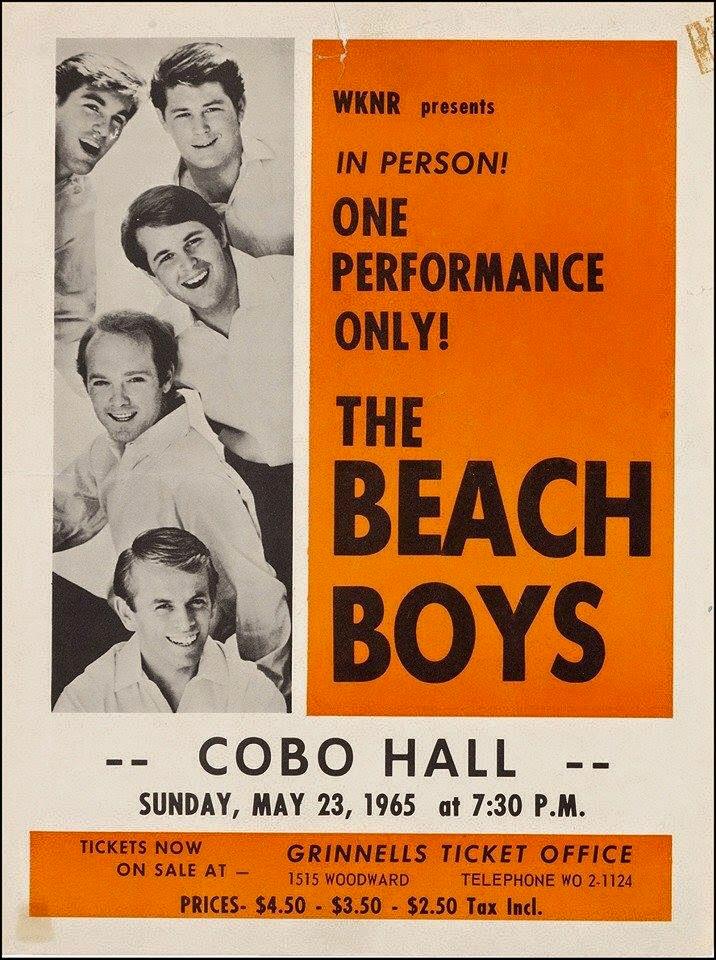

The Story of Coca Cola’s Iconic “I’d like to teach the world to sing” commercial
For all of you Mad Men fans out there, here is the story behind one of the most iconic ads of a generation.
This week in 1965
A big jump for the Beau Brummels this week in 1965. Soupy Sales novelty tune, “The Mouse” is in it’s second week on the charts. And one of the last times you’d see a name like Bert Kaempfert on the WKNR Music Guide.
A slightly censored hit from 1961.
On this date in 1962, Billboard Magazine reported that last year’s most-played jukebox record was ‘Big Bad John’ by Jimmy Dean. Many stations, including Keener’s predecessor, WKMH, insisted that the line “At the bottom of this mine lies one hell of a man,” be changed to “a big, big, man,” before they would play it.
The 1970 March on Washington
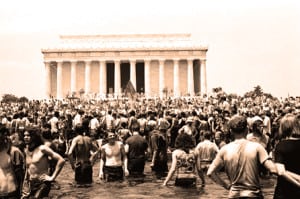 On this day in Keener history: 100,000 young people demonstrated peacefully in Washington, D.C., demanding the withdrawal of U.S. military forces from Southeast Asia. later, a few hundred militants spread through surrounding streets, causing limited damage. Police used tear gas to disperse the most threatening crowds.
On this day in Keener history: 100,000 young people demonstrated peacefully in Washington, D.C., demanding the withdrawal of U.S. military forces from Southeast Asia. later, a few hundred militants spread through surrounding streets, causing limited damage. Police used tear gas to disperse the most threatening crowds.
The event was part of the story line in the 1994 Tom Hanks epic, Forrest Gump.
Remembering the 1964 New York World’s Fair
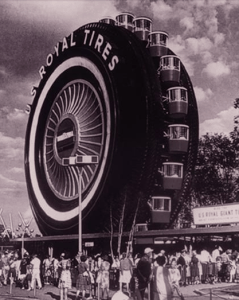 For many of us in the Keener Generation, a pivotal memory was forged in the summer of 1964 when we traveled with our family to the New York World’s fair. It’s theme was “Peace Through Understanding”, dedicated to “Man’s Achievement on a Shrinking Globe in an Expanding Universe”. At its center was the 12-story , stainless-steel Unisphere a symbol of the explosion of technology that paralleled the nascent US Space Program. The fair showcased four Disney themed attractions, Ford’s “Magic Skyway” the General Electric, “Carousel Theater of Progress”, The State of Illinois’ “Great Moments” with an animatronic Abraham Lincoln and the perennial “It’s a Small World” attraction, created for UNICEF. An enduring icon of the fair is The Giant Uniroyal Tire that still stands off of I-94, near Metro Airport. The fair enjoyed two six-month seasons, April 22 – October 18, 1964 and April 21 – October 17, 1965. Adult admission was just $2.
For many of us in the Keener Generation, a pivotal memory was forged in the summer of 1964 when we traveled with our family to the New York World’s fair. It’s theme was “Peace Through Understanding”, dedicated to “Man’s Achievement on a Shrinking Globe in an Expanding Universe”. At its center was the 12-story , stainless-steel Unisphere a symbol of the explosion of technology that paralleled the nascent US Space Program. The fair showcased four Disney themed attractions, Ford’s “Magic Skyway” the General Electric, “Carousel Theater of Progress”, The State of Illinois’ “Great Moments” with an animatronic Abraham Lincoln and the perennial “It’s a Small World” attraction, created for UNICEF. An enduring icon of the fair is The Giant Uniroyal Tire that still stands off of I-94, near Metro Airport. The fair enjoyed two six-month seasons, April 22 – October 18, 1964 and April 21 – October 17, 1965. Adult admission was just $2.
Iconic Ads from the Mad Men Era
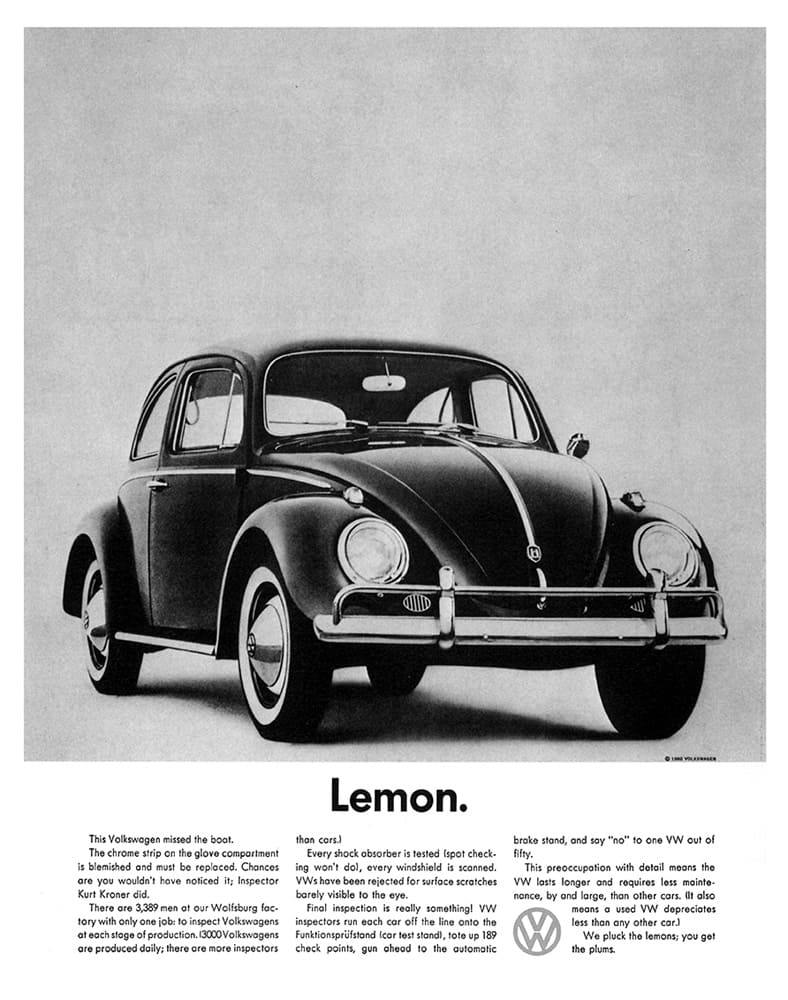 As Mad Men winds up, Time Magazine took a look back at some the most iconic ads of the the era.
As Mad Men winds up, Time Magazine took a look back at some the most iconic ads of the the era.
Mental Floss’ 20 Best Selling Albums of All Time
The Top Instrumentals of the Rock Era
Here’s a list of the top instrumental hits of the past 50 years or so. Many came after the Keener era, but the list also includes a lot tunes familiar to the Keener generation. Do you recognize any favorites?

